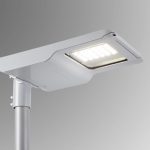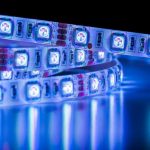Integrated LED Lights: Understanding the Future of EnergyEfficient Lighting
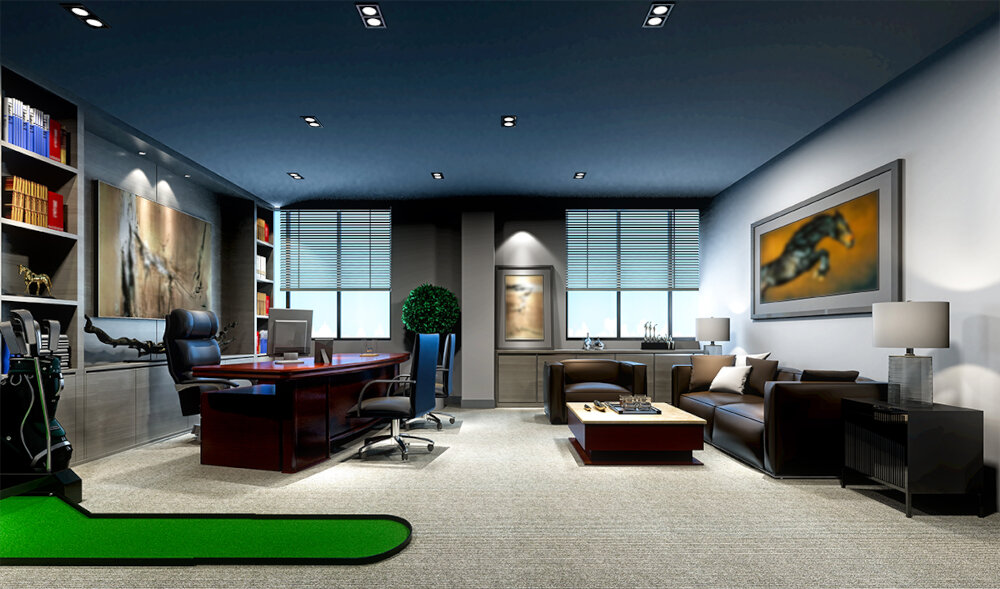
Gone are the days when traditional incandescent bulbs illuminated our homes and offices. The advent of LED technology has revolutionized the lighting industry, providing an energy-efficient and cost-effective alternative to conventional lighting. In recent years, integrated LED lights have emerged as a promising solution, offering the benefits of LED lighting with added convenience and flexibility. Understanding the future of energy-efficient lighting means understanding integrated LED lights- their features, benefits, and applications. Integrated LED lights are a type of LED lighting that combines the light source and fixture into a single unit. Unlike traditional LED lights, which require separate fixtures for installation, integrated LED lights can be installed directly into ceilings, walls, or other surfaces. This simplifies the installation process, reduces installation costs, and allows for greater design flexibility. Integrated LED lights are also known for their longevity, durability, and energy efficiency, making them a popular choice for both residential and commercial lighting applications. As the demand for energy-efficient lighting continues to grow, integrated LED lights are poised to become the future of lighting.
Integrated LED lights are a new innovation in the world of energy-efficient lighting. Unlike traditional light bulbs, they are designed to be integrated into light fixtures, and they offer a number of benefits over other types of lighting. One of the key benefits of integrated LED lights is their energy efficiency. They use less energy than traditional bulbs, which means that they are cheaper to run and better for the environment. Additionally, integrated LED lights last much longer than traditional bulbs, which means that they are a more cost-effective option in the long run. They are also more versatile than other types of lighting, as they can be used in a wide range of different fixtures and settings. Overall, integrated LED lights represent the future of lighting technology, and they are sure to become increasingly popular in the years to come.
The importance of energy-efficient lighting cannot be overstated, especially in today’s world where environmental concerns and energy conservation have assumed significant importance. Energy-efficient lighting, such as integrated LED lights, allows users to enjoy a bright, warm glow while consuming considerably less energy than traditional lighting methods. This not only saves users a significant amount of money on energy bills but also helps reduce the carbon footprint of households and businesses. Additionally, energy-efficient lighting lasts much longer than traditional lighting, meaning fewer replacements and less waste. As the world continues to focus on sustainability and energy conservation, the adoption of energy-efficient lighting will only become more crucial.
How Integrated LED Lights Work
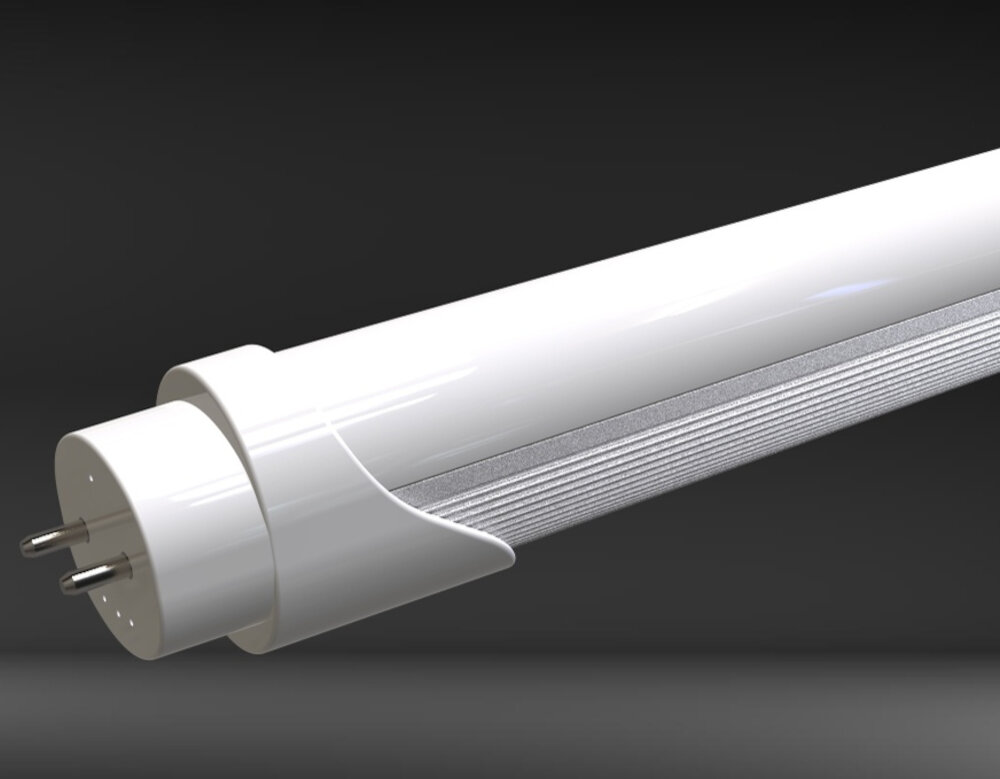
Integrated LED lights are revolutionizing the lighting industry with their energy efficiency and longevity. But how do they actually work? Integrated LED lights are made up of several components, including a semiconductor diode, a driver, and a heat sink. The semiconductor diode is the heart of the LED light, responsible for producing light when an electric current passes through it. The driver regulates the current and voltage supplied to the diode, ensuring that it operates within safe limits. Finally, the heat sink dissipates the heat generated by the diode to prevent it from overheating and failing prematurely. Together, these components work in harmony to produce bright, long-lasting light while using minimal energy. The design of integrated LED lights is what makes them so energy efficient compared to traditional incandescent bulbs. Incandescent bulbs produce light by heating a filament until it glows, which uses a significant amount of energy. In contrast, integrated LED lights use a semiconductor diode to produce light, which requires far less energy. They also have a longer lifespan, lasting up to 25 times longer than traditional bulbs, which means fewer replacements and less waste. As the cost of LED lights continues to decrease and the availability of energy-efficient lighting options increases, integrated LED lights are quickly becoming the future of lighting.
LED (Light Emitting Diode) technology is a type of lighting that has gained immense popularity in recent years due to its energy efficiency and longevity. Unlike traditional incandescent bulbs, LEDs do not produce light by heating a filament. Instead, they use a semiconductor to convert electrical energy into light. This process is highly efficient, as very little energy is lost as heat. Additionally, LED lights have a much longer lifespan than traditional bulbs, making them a more cost-effective and sustainable option. As LED technology continues to advance, we can expect to see even more energy-efficient and innovative lighting solutions in the future.
The integration of LED lights in fixtures has revolutionized the lighting industry. The technology has improved significantly, and now, LED lights are being incorporated into fixtures, offering energy-efficient and long-lasting lighting solutions. The integration of LED lights in fixtures provides a streamlined look, reducing clutter while enhancing the aesthetics of any space. These fixtures come in various shapes and sizes, and they can be customized to fit specific needs. They are ideal for commercial and residential lighting applications, providing bright and crisp lighting that enhances visibility and ambience. Furthermore, LED lights in fixtures are environmentally friendly, as they consume less energy and last longer than traditional lighting systems. The future of lighting is bright with integrated LED lights.
Integrated LED lights are revolutionizing the lighting industry, offering a more energy-efficient and environmentally-friendly alternative to traditional lighting methods. Compared to traditional lighting, integrated LED lights consume up to 80% less energy, have a longer lifespan, and emit less heat. Additionally, they do not contain harmful substances such as mercury, which is commonly found in traditional fluorescent lighting. Integrated LED lights also offer greater design flexibility, allowing for a wider range of shapes, colors, and sizes. While the upfront cost of integrated LED lights may be higher, the long-term cost savings and benefits make them a smart investment for both residential and commercial settings. Overall, integrated LED lights represent the future of energy-efficient lighting, and their continued development and adoption are crucial for a sustainable and eco-friendly future.
Benefits of Integrated LED Lights
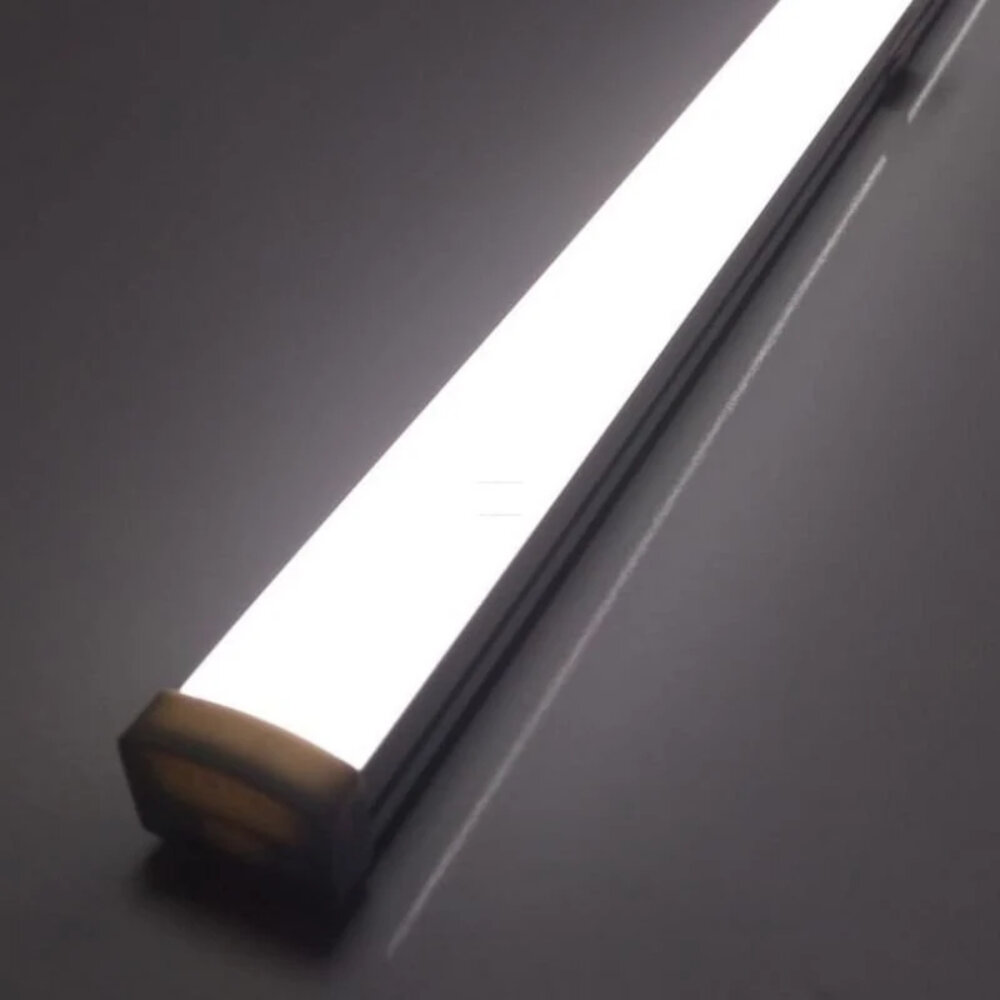
Integrated LED lights represent a major shift in the lighting industry, with numerous benefits that go beyond just energy efficiency. One of the most notable advantages of integrated LED lights is their longevity. Unlike traditional bulbs, which have a limited lifespan, quality LED lights can last for over 50,000 hours. This means that you can save money on replacement bulbs and maintenance costs in the long-term. Furthermore, because LED lights do not have a filament, they are not susceptible to the same types of damage as traditional bulbs, such as breakage due to vibration or shock. This makes them ideal for use in a variety of settings, including outdoor and industrial environments. Another significant advantage of integrated LED lights is their energy efficiency. LED lights use up to 80% less energy than traditional bulbs, which not only helps to reduce your electricity bill but also has a positive impact on the environment. Additionally, because LED lights generate less heat than traditional bulbs, they are safer to use and can help to reduce your cooling costs in the summer. Integrated LED lights are also highly versatile, with a range of color options and brightness levels available. This makes them suitable for a wide range of applications, from ambient lighting in homes and offices to task lighting in commercial and industrial settings. Overall, the benefits of integrated LED lights are clear, making them an excellent investment for anyone looking to reduce their energy consumption and save money on lighting costs.
Energy efficiency is becoming increasingly important in today’s world. As we continue to look for ways to reduce our carbon footprint and conserve natural resources, energy-efficient solutions are becoming more prevalent. Integrated LED lights are an excellent example of how we can save money and reduce our environmental impact at the same time. These lights use significantly less energy than traditional incandescent bulbs, which can lead to substantial cost savings over time. Additionally, they have a longer lifespan, meaning they need to be replaced less frequently, reducing waste and further lowering costs. By choosing energy-efficient lighting solutions like integrated LED lights, we can not only save money but also contribute to a sustainable future.
Longevity and durability are two important factors to consider when it comes to integrated LED lights. Unlike traditional bulbs that burn out after a certain amount of time, LEDs can last for decades with proper maintenance. This not only saves money on replacement costs but also reduces waste in the environment. Additionally, LEDs are more durable than other lighting options as they are resistant to shock and vibrations. They also do not contain any fragile filaments or glass components that can break easily. This makes them ideal for use in outdoor and industrial settings where harsh conditions are common. Overall, the longevity and durability of integrated LED lights make them a smart investment for both the environment and your wallet.
The adoption of Integrated LED lights is a significant step towards improving environmental sustainability. These lights consume less energy compared to traditional lighting systems, reducing carbon footprint and saving on energy bills. Additionally, they are free from toxic materials like mercury and lead, which are harmful to the environment. Integrated LED lights have a longer lifespan, meaning less waste generated from frequent replacements. Moreover, they emit less heat, reducing the need for air conditioning, which in turn reduces energy consumption. As the world moves towards green energy, the adoption of LED lights is a critical aspect in achieving a sustainable future.
Design flexibility is one of the biggest advantages of integrated LED lights. Due to their small size and minimal heat output, LED lights can be integrated into a wide range of lighting fixtures, from traditional lamps and chandeliers to modern architectural installations. This allows for greater creativity and freedom in designing lighting solutions for both residential and commercial spaces. Additionally, LED lights can be dimmed and adjusted to different colors, which further expands their flexibility and functionality. With the ability to customize the lighting to suit any space or occasion, integrated LED lights are truly the future of energy-efficient lighting.
Applications of Integrated LED Lights
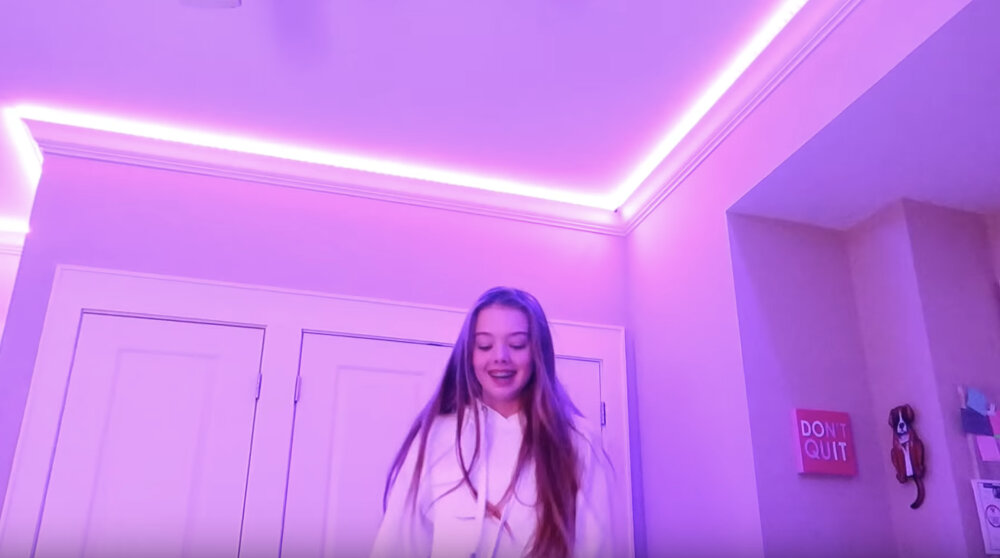
Integrated LED lights offer an array of applications and advantages. One of the most significant benefits of using LED lights is their energy efficiency. In comparison to traditional bulbs, LED lights consume significantly less energy, making them an ideal choice for homes, offices, and industries. They are highly versatile and can be used for various applications, including indoor and outdoor lighting. The compact size of the integrated LED lights allows them to be used in tight spaces, making them suitable for use in recessed lighting fixtures, task lighting, and decorative lighting. LED lights are also highly durable, have a long lifespan, and require minimal maintenance, making them a cost-effective lighting solution for a wide range of applications. Integrated LED lights are also used in various industries, including automotive, aerospace, and medical industries. LED lights are highly reliable, consume less energy, and have a long lifespan, making them an ideal choice for use in automotive lighting. They are commonly used in headlights, taillights, and interior lighting in cars, trucks, and buses. In the aerospace industry, LED lights are used for cabin lighting, navigation lights, and emergency lighting systems. The medical industry also uses LED lights for various applications, including surgical lighting and diagnostic equipment. The energy-efficient and durable nature of LED lights make them a popular choice for industries that require high levels of reliability and efficiency.
Residential lighting has been evolving over the years, with more focus on energy-efficient lighting solutions. Integrated LED lights are becoming increasingly popular as they offer an efficient, long-lasting, and cost-effective lighting option. These lights are designed to be integrated into a variety of indoor and outdoor lighting fixtures, including ceiling lights, wall sconces, and landscape lighting. Integrated LED lights are eco-friendly and consume less energy than traditional lighting technologies, making them an excellent choice for homeowners who want to reduce their energy bills and carbon footprint. With the advancements in LED lighting technology, homeowners can now enjoy high-quality illumination in their homes while saving money and energy.
Commercial and industrial lighting is a crucial component of any business or facility. Not only does it provide necessary illumination for employees to perform their duties, but it also plays a significant role in the overall energy consumption of the building. With the increasing focus on energy efficiency and sustainability, businesses are turning to integrated LED lights as a solution for their lighting needs. These lights offer numerous benefits, including reduced energy consumption, longer lifespan, and improved lighting quality. Additionally, they can be customized to meet the specific needs of each space, providing optimal illumination for any environment. As the future of lighting continues to evolve, integrated LED lights are poised to become the go-to solution for commercial and industrial lighting needs.
Outdoor lighting is an essential aspect of any building or outdoor space, as it not only provides visibility but also enhances the aesthetics of the area. With the advent of integrated LED lights, outdoor lighting has become more energy-efficient, cost-effective, and environmentally friendly. Integrated LED lights are designed to last longer, consume less energy, and emit a brighter light than traditional lighting sources. They also offer greater flexibility and control over the lighting design, allowing for unique and creative lighting solutions. The future of outdoor lighting is undoubtedly in the hands of integrated LED lights, enabling us to illuminate our surroundings while reducing our carbon footprint.
Automotive lighting has come a long way since the invention of the first electric headlamp in 1898. Modern automotive lighting systems are designed not only to provide illumination but also to enhance the aesthetic appeal of vehicles. The integration of LED lights in automotive lighting systems has revolutionized the industry by offering energy-efficient lighting solutions that are more reliable, durable, and long-lasting than traditional incandescent bulbs. LED lights are highly efficient, consuming less power than traditional bulbs, and can be easily integrated into advanced lighting systems that offer enhanced functionality, such as adaptive front lighting and automatic high beam control. As the demand for energy-efficient lighting solutions grows, the adoption of integrated LED lights in automotive lighting systems is expected to increase, paving the way for a brighter and more sustainable future.
Medical lighting is an essential aspect of healthcare facilities. It is crucial for illuminating exam rooms, operating rooms, and patient rooms. The lighting in these spaces must be bright enough for medical professionals to perform procedures accurately and safely. Additionally, medical lighting must be adjustable to suit the needs of different patients and procedures. Integrated LED lights are becoming increasingly popular in healthcare facilities due to their energy efficiency and long lifespan. They provide brighter and more uniform light, which helps doctors and nurses accurately diagnose and treat patients. Furthermore, LED lights are easy to control and can be dimmed or brightened as needed. This makes them an ideal choice for medical lighting applications.
Future Developments in Integrated LED Lights
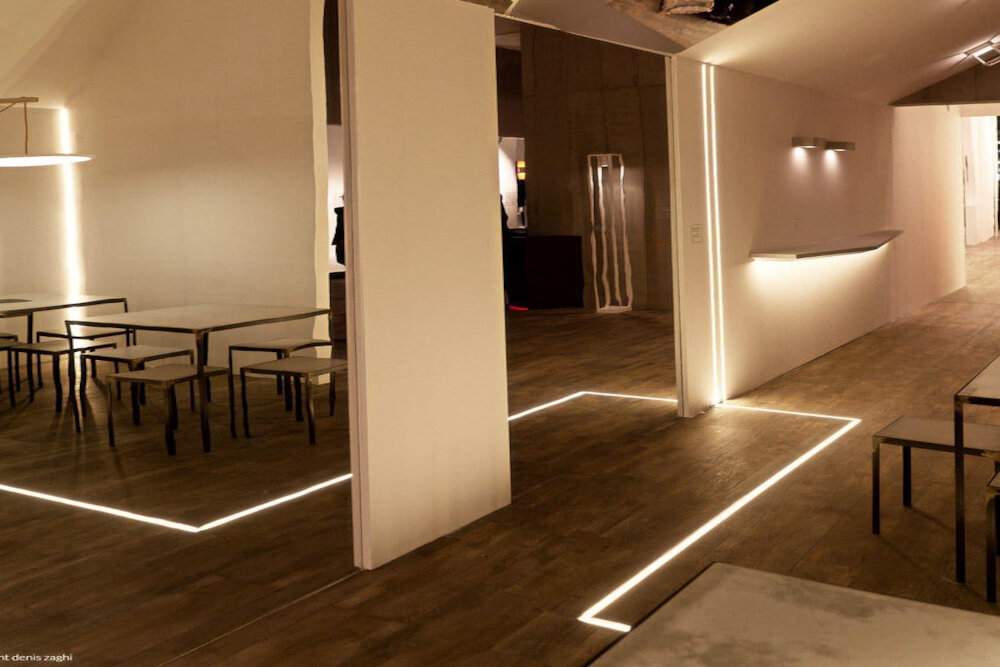
The future developments in integrated LED lights are promising, as the lighting industry continues to evolve and innovate. One of the most anticipated advancements is the integration of smart technology into LED lights. This will allow lights to be controlled remotely through a smartphone or tablet, with the ability to adjust brightness, color temperature, and even schedule on/off times. This technology will also enable lights to respond to voice commands or motion sensors, providing a more convenient and energy-efficient lighting solution. Furthermore, the integration of sensors in LED lights will allow for a more personalized lighting experience, as sensors can detect the presence of people and adjust the lighting accordingly. Another exciting development in integrated LED lights is the emergence of flexible OLED (organic light-emitting diode) technology. This technology allows for the creation of ultra-thin and flexible lighting panels, which can be bent and shaped to fit any surface. OLED lighting is also more energy-efficient than traditional LED lighting, as it doesn’t require a backlight and can emit light from a thin layer of organic material. The flexibility and versatility of OLED lighting will allow for a wide range of creative lighting designs, from wrap-around lighting for cars to illuminated clothing. As this technology continues to mature, it has the potential to revolutionize the lighting industry and offer new possibilities for energy-efficient lighting solutions.
Advancements in LED technology have revolutionized the lighting industry. LEDs have become more energy-efficient, longer-lasting, and brighter than ever before. The development of integrated LED lights has allowed for more design flexibility, enabling architects and lighting designers to create innovative and efficient lighting solutions. Moreover, advancements in color rendering have led to a better quality of light, making LED lights more suitable for a wider range of applications. Additionally, the development of smart LED lighting systems has made it possible to control lighting remotely, saving energy and improving user comfort. With these advancements, LED lights have become an increasingly popular choice for homeowners, businesses, and municipalities looking for energy-efficient and cost-effective lighting solutions.
The integration of LED lights with smart home systems is a game-changer in the world of energy-efficient lighting. It allows users to control and automate their lighting from anywhere in the world using their smartphones or voice assistants like Amazon Alexa or Google Assistant. Smart home systems can also help users save energy by automatically turning off lights when they are not needed or adjusting the brightness level according to the time of day or the natural light in the room. Moreover, the integration of LED lights with smart home systems can enhance the overall experience of using LED lighting by providing additional features such as color-changing capabilities or scheduling options. As more and more people adopt smart home systems, we can expect to see a significant increase in the demand for integrated LED lights in the future.
The integration of LED lights into our homes and workplaces has not only revolutionized the way we light our spaces but has also increased the connectivity and control we have over our lighting systems. With the introduction of smart LED lights, we can now control the brightness, color, and timing of our lights through our smartphones, voice assistants, or even using motion sensors. This increased control not only enhances our convenience but also allows us to save energy by ensuring that lights are only used when needed. Furthermore, with the advent of the Internet of Things (IoT), we can now connect our lighting systems with other devices and appliances to create a fully automated smart home or office ecosystem, where lighting is just one component of an energy-efficient and connected space.
The potential for new applications of integrated LED lights is immense. With their energy efficiency, long lifespan, and versatility, these lights can be used in a wide range of settings, from residential and commercial buildings to outdoor spaces and even vehicles. In the home, integrated LED lights can be integrated into smart home systems, allowing for remote control and automation. In commercial settings, they can be used for accent lighting, task lighting, and general illumination, reducing energy costs and improving the overall aesthetic. Beyond buildings, integrated LED lights can be used for street lighting, signage, and even in vehicles such as cars and airplanes. As new technologies and applications continue to be developed, the potential for integrated LED lights is only set to grow.
Integrated LED lights are becoming increasingly popular due to their numerous benefits and applications. Firstly, they use significantly less energy compared to traditional lighting methods, which makes them environmentally friendly and cost-effective. Additionally, they have a longer lifespan, reducing the need for frequent replacements. Integrated LED lights are also versatile, as they can be used in a variety of settings, from residential to commercial spaces. They provide excellent lighting quality, with the ability to adjust the brightness and color temperature to suit the user’s needs. Furthermore, they emit less heat, making them safer to use and reducing the need for cooling systems. Overall, integrated LED lights are a sustainable and practical lighting solution for the future.
The importance of energy-efficient lighting cannot be overstated, especially in a world where we are constantly striving to reduce our carbon footprint and preserve our planet for future generations. Integrated LED lights are a critical component of this effort, as they use significantly less energy than traditional incandescent bulbs, resulting in lower electricity bills and reduced greenhouse gas emissions. Moreover, LED lights are incredibly long-lasting, reducing the need for frequent replacements and further conserving resources. By embracing integrated LED lights and other energy-efficient lighting solutions, we can create a more sustainable future for ourselves and for the planet as a whole.
The adoption of integrated LED lights is the need of the hour as they offer a plethora of benefits over traditional lighting systems. They are energy-efficient, cost-effective, and eco-friendly in nature. With the rising concern for climate change and the need to conserve energy, switching to integrated LED lights is a step towards sustainability. Their longer lifespan and low maintenance costs also make them a wise investment. As consumers, it is our responsibility to embrace this technology and contribute towards a greener future. Let us take the initiative to switch to integrated LED lights and encourage others to do the same.
Conclusion
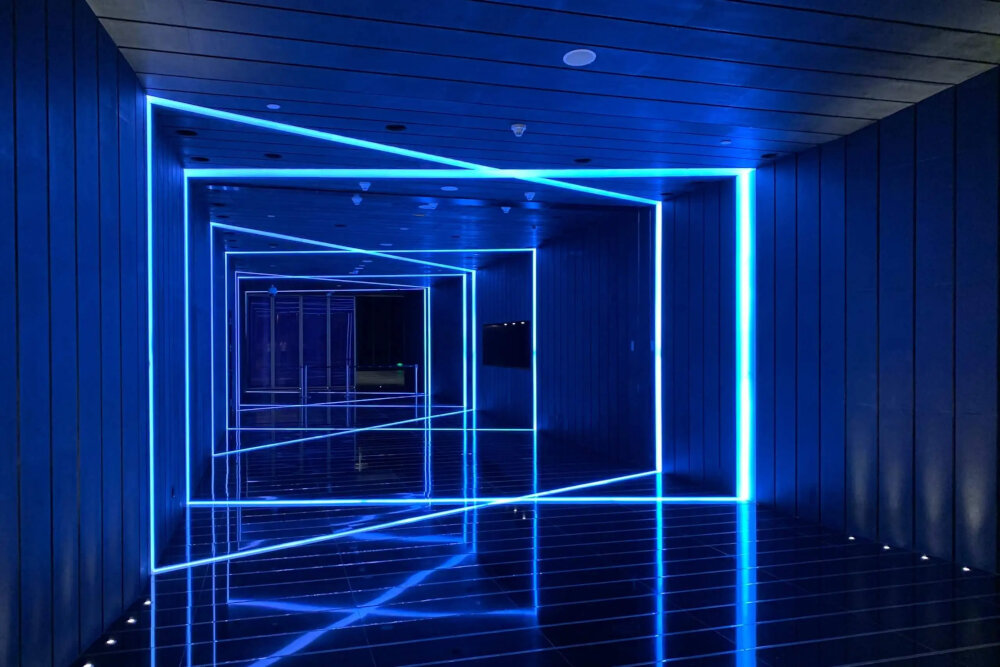
In conclusion, integrated LED lights are undoubtedly the future of energy-efficient lighting, offering numerous benefits over traditional lighting systems. From their longevity and durability, to their low energy consumption and reduced carbon footprint, integrated LED lights have proven to be a game-changer in the lighting industry. As technology continues to evolve, we can only expect more advancements in this field, further enhancing the efficiency and effectiveness of integrated LED lights. With their significant impact on energy savings and environmental sustainability, it’s safe to say that integrated LED lights are here to stay and will continue to revolutionize the way we light up our homes and businesses.



